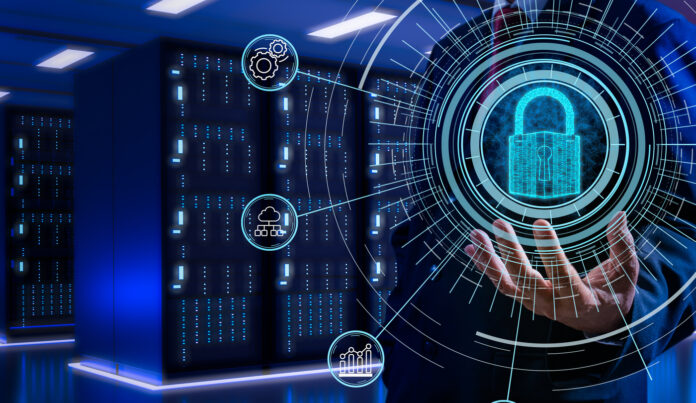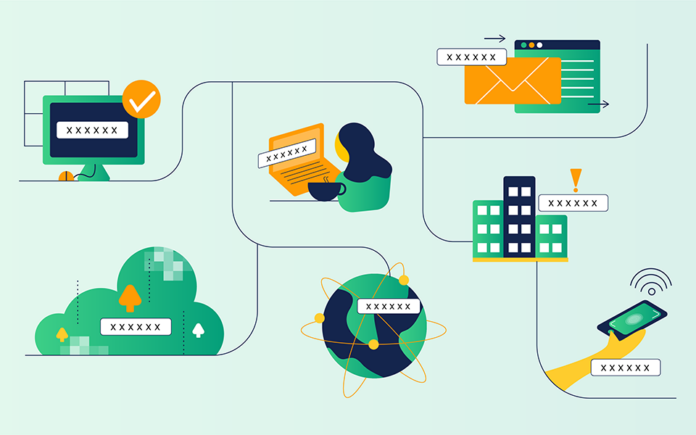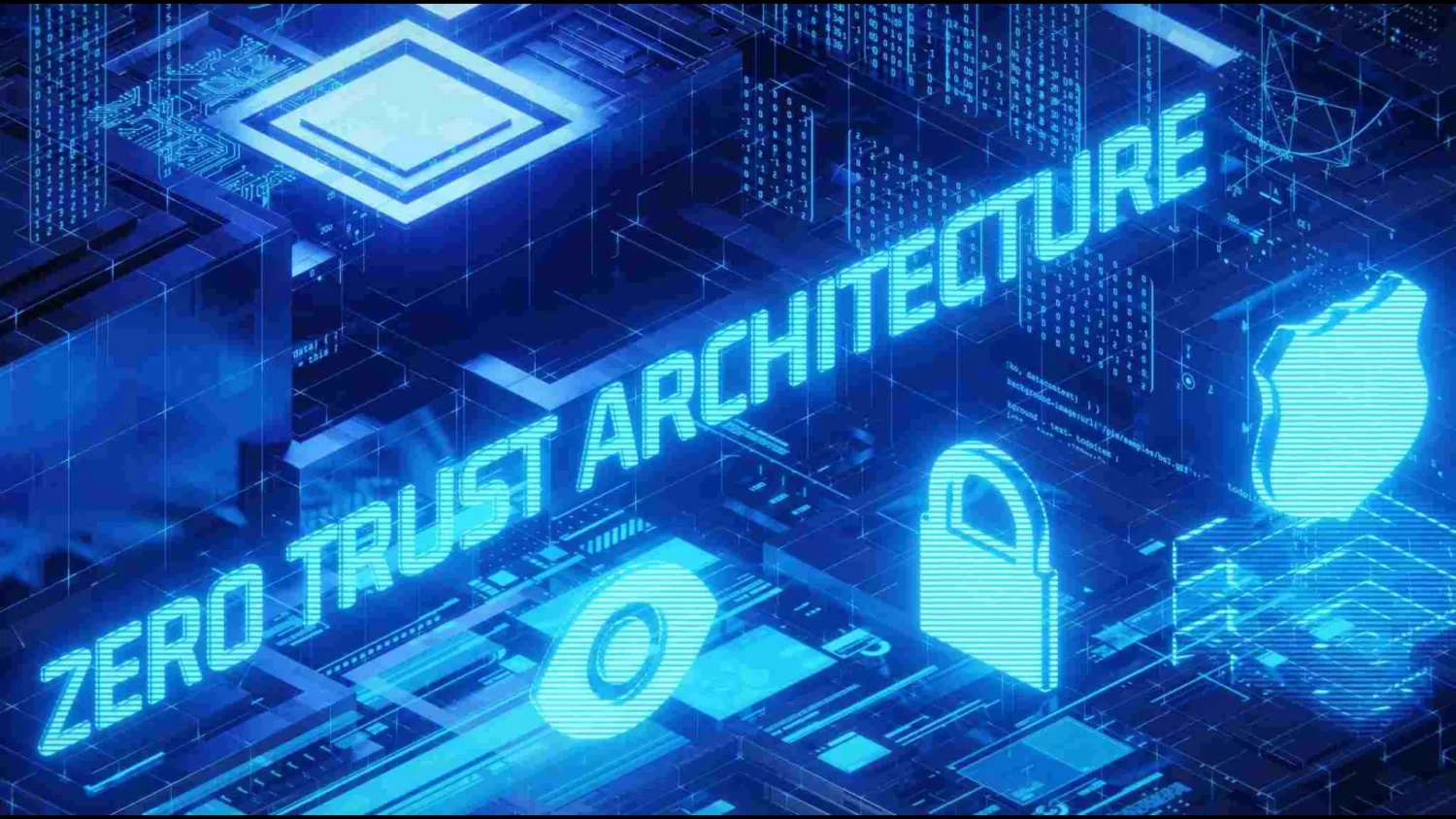Zero trust architecture is quickly changing the cybersecurity environment in more ways than one. As enterprises face various cyber threats, this novel strategy has emerged as a beacon of hope. This is particularly relevant given how conventional security measures often need to catch up in our linked digital world. As a result, the need for more resilient and adaptable solutions becomes clear. Zero trust architecture, which follows the idea of “never trust, always verify,” offers a proactive approach. As a result, it guarantees that all users, devices, and processes are thoroughly authenticated and authorized. So, why is this form of architecture gaining popularity, and how does it improve cyber resilience?
What Exactly Is Zero Trust Architecture, and How Does It Work?
Zero trust architecture is a strategy approach to cybersecurity based on the simple but fundamental principle: “Never trust, always verify.” Zero trust replaces conventional security paradigms that implicitly trust everything inside an organization’s network. It constantly verifies all digital interactions to ensure that every user, device, and process is authenticated and permitted.
Historically, once users, especially possible threat actors, acquired access to a network, they could move laterally owing to a lack of granular security measures. However, zero-trust architecture calls into question this antiquated premise. Strong authentication, network segmentation, and layer threat prevention minimize risks by allowing only authorized users and devices to access network resources, regardless of location or network connection.

The 4 Fundamental Zero Trust Architecture Design Concepts
To implement Zero Trust architecture, particular network design concepts and best practices must be followed. Look at the four important parts of a strong Zero Trust network.
Endpoint Trustworthiness
Zero trust assesses the trustworthiness of endpoint devices, not only user authentication. Organizations should assess devices’ security posture, considering aspects like patch levels, security settings, and compliance with corporate rules. Only devices that fulfill preset security criteria are allowed access.
Least-privilege Access
The notion of least privilege guarantees that users and systems have the least access necessary to do their responsibilities. This reduces the attack surface, minimizing the possible effect of security events. Organizations may reduce the risk of unwanted access and data breaches by issuing just the essential permissions.
Zero Trust Segmentation (ZTS)
ZTS is a key component of any Zero Trust design. Instead of depending on a single perimeter to protect the whole network, businesses utilize ZTS to build tiny, isolated portions inside it. Each section has its security measures, limiting lateral movement and containing possible breaches. This granular approach improves overall cyber resilience and helps to meet numerous global security compliance criteria.
Continuous Authentication
Traditional security approaches often authenticate workloads, apps, and users solely at the point of entry. Zero Trust promotes continuous authentication both outside and within the network. This dynamic strategy entails continually monitoring the identification and access permissions of the workload, application, or user and altering them in response to real-time changes in behavior, device state, and other contextual circumstances.

Object First as the Best Backup and Recovery Solution
Object First’s new methodology distinguishes it as an excellent backup and recovery solution. It improves data management efficiency by focusing on object-based storage and retrieval first. Object First interacts smoothly with various storage solutions, providing flexibility and scalability. Its powerful versioning and snapshot features provide extensive data security. The solution’s focus on metadata-driven organizing facilitates data retrieval and speeds up recovery operations. Object First’s dedication to simplicity, dependability, and cross-platform compatibility distinguishes it as the best option for enterprises seeking contemporary, effective backup and recovery solutions.
Why Is Object First the Best Storage for Veeam?
Object First is the best storage for Veeam as it is a top storage solution because of its advanced data management and protection capabilities. It offers effective backup, recovery, and replication services for virtualized settings. Veeam provides data integrity and availability with innovative features such as fast VM recovery and seamless cloud integration. Its user-friendly interface and automation features improve operating efficiency. Veeam’s emphasis on innovation, dependability, and scalability helps cement its status as the finest storage solution for enterprises looking for complete data management and security in virtualized settings.

How Can Organizations Effectively Use Zero Trust Architecture?
Implementing Zero Trust Architecture (ZTA) is a thorough and strategic process that requires rethinking old network security approaches. Zero Trust believes that no entity can be trusted to the organization’s network by default, whether inside or external. Instead, it needs ongoing authentication and stringent access restrictions. Organizations may take the following measures to properly deploy Zero Trust Architecture:
Determine Critical Assets
Companies must first identify and prioritize their most essential data, assets, and applications to establish a Zero Trust Architecture. This critical phase identifies the real worth of corporate resources, enabling a more concentrated approach to security activities. Identifying these crucial characteristics allows firms to deliberately deploy strict access controls, constant monitoring, and other critical security measures. This focused strategy is the cornerstone for a strong Zero Trust framework, encouraging a security posture that questions assumptions and checks any entity, whether internal or external, seeking access to sensitive information or systems.
Know User Behavior
Understanding the subtleties of user behavior is critical for improving cybersecurity. Organizations may customize and apply security rules that reflect real use patterns by investigating user identities and network activities. This knowledge enables the development of policies that are strong and reflect the realities of day-to-day operations. Understanding user behavior helps firms implement adaptive security measures that respond to new threats and keep access restrictions dynamic. This user-centric approach is critical to effectively deploying a Zero Trust Architecture, in which continuous verification and context-aware rules are the foundation of a resilient security system.
Build Strong Authentication Methods
Authentication is a gateway to access, making it an important part of cybersecurity. Strong mechanisms, such as multifactor authentication (MFA), enhance this gateway and guarantee that only authorized users obtain access. MFA adds levels of verification by combining something the user already knows (such as a password) with something they own (such as a security token or biometric data). Implementing these extra layers dramatically improves security, lowering the danger of illegal access and deterring prospective invaders. This proactive approach is consistent with the zero-confidence Architecture principle, emphasizing that confidence is never assumed and verification is an ongoing and required activity for maintaining a safe environment.
Always Monitor and Adapt
Continuous monitoring and adaption is a key component of zero trust architecture. This implies that businesses should check identities and permissions at the point of access monitor sessions and adjust security postures in response to behavior and other contextual variables. In essence, under this security paradigm, trust is never static; it is constantly analyzed and altered based on real-time information and insights.
Train and Instruct Workers
The human aspect must be noticed: it is critical that all workers, from top executives to entry-level personnel, understand the concepts and best practices of zero trust architecture. Regular training sessions may improve security by fostering a culture of awareness and attention.

Conclusion
As businesses face increased complexity and security concerns, adopting Zero Trust is no longer a strategic option but a need to remain ahead. A Zero Trust architecture enables enterprises to adopt a proactive cybersecurity approach, securing their data and infrastructure in an increasingly linked and dynamic environment.









